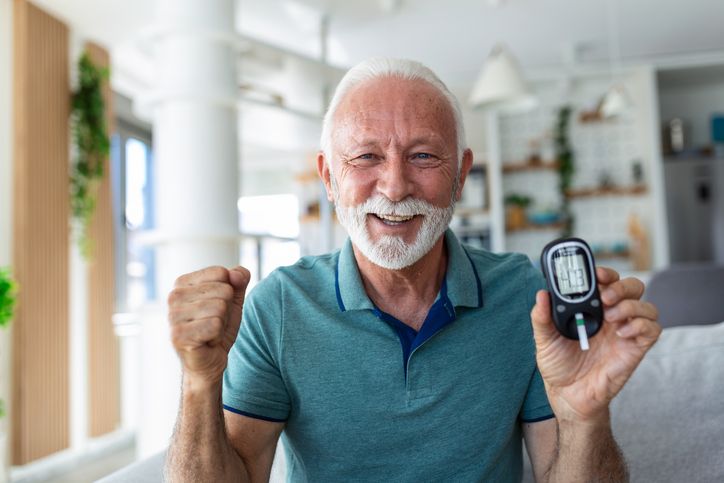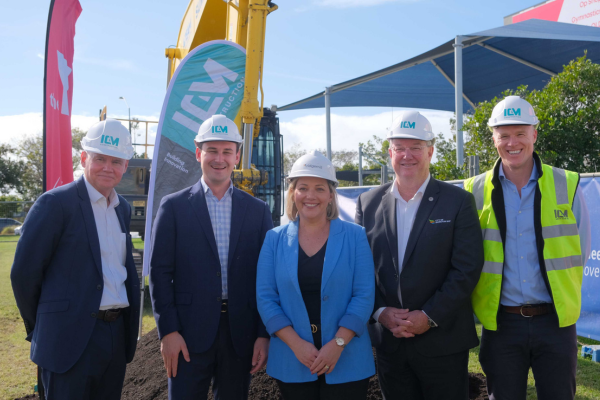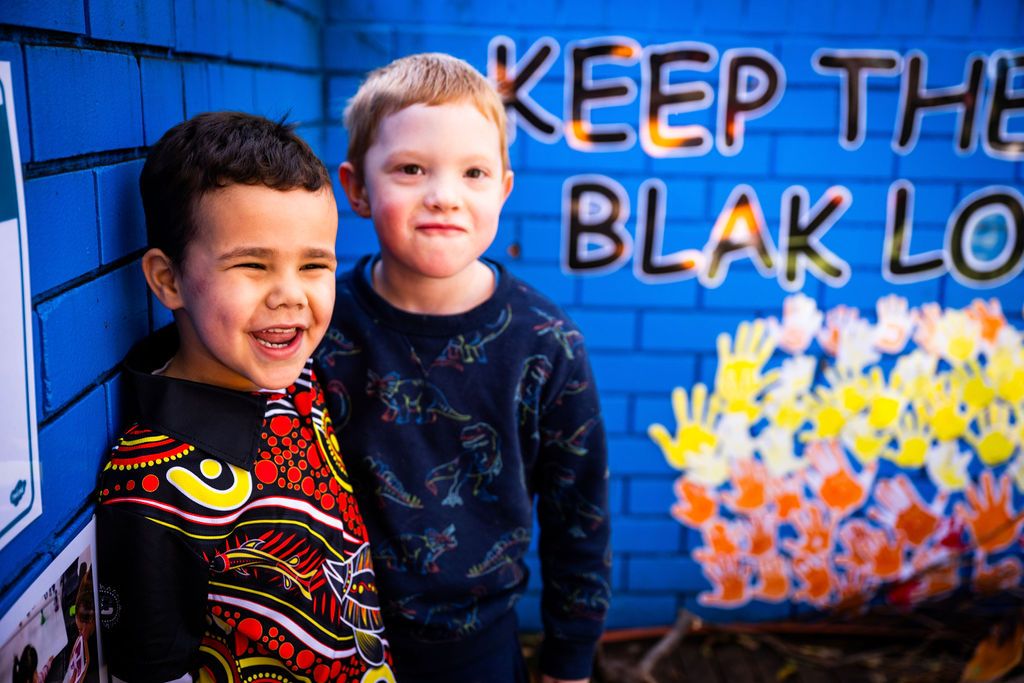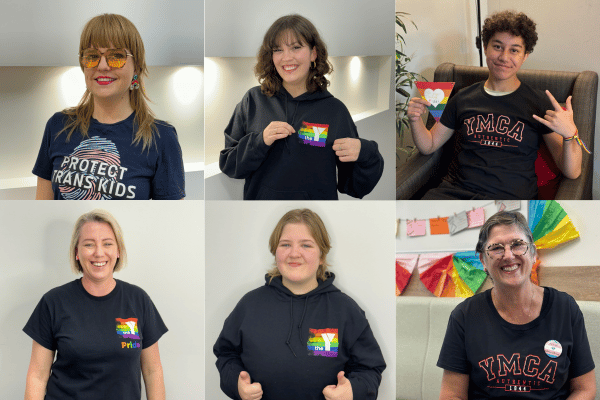Lifting the lid on diabetes rates in Brisbane

With diagnoses increasing at a higher rate than both heart disease and cancer, diabetes is Australia’s fastest growing chronic condition.
Today, one in 20 Australians are living with type 2 diabetes, which accounts for 85% of all diabetes diagnoses.
Where type 1 diabetes is an autoimmune condition, type 2 is developed over time and is often linked to ‘unhealthy’ lifestyles such as obesity, inactivity, and poor diet. Of all type 2 diagnoses, 60% of cases are considered preventable with simple lifestyle changes.
Despite the condition’s preventability, we find ourselves in a ‘21st century epidemic’.
With reach throughout the state, Y Queensland have not only observed the impacts of diabetes in our immediate communities but have seen the benefits of engagement and healthy lifestyles on individuals through our services.
We know that there is work that can be done to create happy, healthy, and connected communities, and it starts on our doorstep in South East Queensland.
Last month, we published a study on the need and desire for a type 2 diabetes prevention program in our South East Queensland communities. Teaming up with The University of Queensland (UQ) to conduct our research, we wanted to better understand the risk profiles of the people we engage with every day through our facilities, and their interest in diabetes prevention programs.
Collecting community responses
Our survey was delivered to our community through an anonymous survey. Using the Australian Type 2 Diabetes Risk Assessment Tool, our aim was to better understand a participant’s risk of developing type 2 diabetes over the next five years.
This tool uses responses to various demographic (e.g., age) and behaviour (e.g., physical activity) questions to develop a risk score, with the higher the score, the higher the risk.
We also asked participants if they would be interested in taking part in a diabetes prevention program. To help prioritise our offerings, we also asked their postcode, Y membership status, and their nearest Y branch. The survey was promoted for four weeks , and this is what we uncovered.
The results
A total of 575 people took part in the survey. All participants in the study were currently engaged in our centres—with 20 locations taking part in the research.
We found:
- 41% of respondents had a diabetes diagnosis within their immediate family and / or had a personal history of high glucose levels
- 37% of respondents measured for one or more high risk factors in their lifestyle (ie, smoking, limited fruit and vegetable consumption, not meeting minimum weekly exercise requirements)
- 38% of respondents were found to be at high-risk of developing type 2 diabetes within the next 5 years.
- 48% of respondents had a waist measurement which fell into either the medium-risk or high-risk category.
- Respondents who reported living in relatively disadvantaged areas were more likely to score in the high-risk category for diabetes.
For our Group Manager for Fitness and Recreation, Michael Tsiamis, these results present an opportunity.
“Y centres and gyms across the Greater South East Queensland region are embedded in community and have remained highly attended across all locations despite COVID-19, cost of living, or geographic distance,” he said.
“We have a responsibility in our communities to not only address diabetes, but demonstrate that healthy, connected, and happy lifestyles are possible through our accessible fitness programs.”
When asked their personal interest in a healthy lifestyle diabetes prevention program, 68% of respondents demonstrated an interest, with those who were more at risk sharing a comparatively higher level of interest.
Michael said that interest and appetite is the first step for uptake, referencing the Y’s unique (and popular) fitness program for Cancer Survivors which responded to a niche need in community.
Our learnings
With diabetes so deeply embedded in the Australian health landscape, it is time to act—and it starts in our community centres and gyms.
Our research with UQ identified that there is both a need and a desire for diabetes prevention programs to be delivered in the community.
For the whole Y team, this research marks the start of a new journey under our continued efforts to empower our community through engaged, healthy, and happy outcomes.
Our Y Queensland CEO, Damian Foley, sees further opportunity for us in research, planning, and development of diabetes prevention programs.
“We’re looking forward to utilising our findings to empower our people so that our communities and their loved ones take control of their health outcomes through the support of Y centres and gyms across the state,” he said.
“Our joint study with UQ has forged a valuable pathway to address what it confirmed as a widespread issue in Queensland, and we are committed to harnessing this momentum.”
Whilst continuing to support our communities, we also look forward to helping ‘lift the lid’ on diabetes in South East Queensland, and integrating prevention measures into our services.
We are continuing our partnership with UQ to trial the Small Steps for Big Changes diabetes prevention program. This program will be trialled in four centres—Caloundra, Bowen Hills, Warwick, and Victoria Point.
Professor Genevieve Healy, who is the Australian lead of the trial and was senior author on the study, is enthusiastic about the opportunities and learnings the partnership can provide for communities in South East Queensland.
“Our initial study showed that there was both a need and a desire for diabetes prevention programs like Small Steps for Big Changes in the Y community. We are excited about working in partnership with the Y to help understand how this brief diet and exercise program can be sustainably delivered, and the impacts of it on health and wellbeing,” she said.


